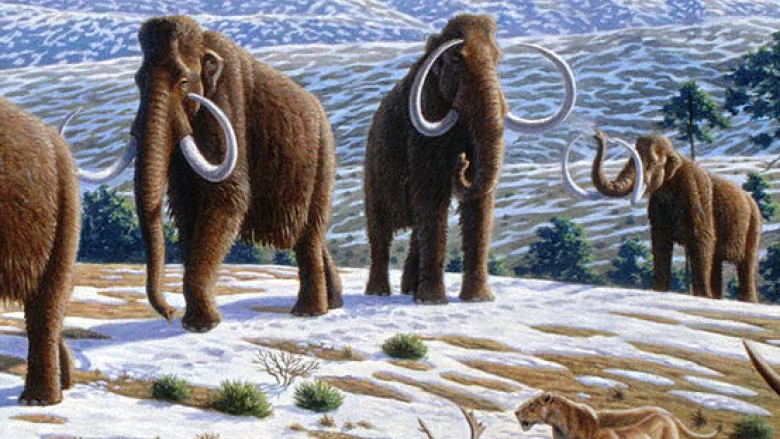In the quiet expanse of Siberia, beneath layers of frozen time, the possibility of life whispers again. This isn’t the setup for a suspenseful story by Stephen King but the real, pulsing heart of scientific exploration known as de-extinction. This fascinating field teases at the boundaries between past and future, life and the afterlife of species long gone. It asks: can we, and should we, bring back the giants of the past like the woolly mammoth?
The Science Behind De-extinction
At its core, de-extinction is a blend of advanced genetics, cloning, and a deep understanding of wildlife biology and ecological management. Scientists are essentially trying to rewrite the ending of a story that nature concluded eons ago. The process usually starts with the DNA of extinct animals, painstakingly extracted from preserved specimens or relics like bones and fur trapped in ice.
For instance, the woolly mammoth, a hulking creature that roamed the Arctic tundra thousands of years ago, has become a prime candidate for de-extinction efforts. Using genetic material from specimens preserved in permafrost, scientists aim to edit the genes of Asian elephants (their closest living relatives) to produce mammoth-like traits—thick fur, fat layers, and cold-resistant hemoglobin.
Ethical Considerations in Reviving Extinct Species
With the power to bring back extinct species, ethical dilemmas loom large. Does humanity have the right to meddle with nature in such a God-like fashion? One of the primary concerns is the welfare of the animals produced through these methods. Creatures like the mammoth were adapted to a world much different from today’s. The ethical question extends to their potential suffering in an environment they are not evolved to survive in.
Furthermore, ai generated animal art raises questions about the authenticity and implications of recreating life forms through technology. Can these creations truly replace the species we’ve lost, or are they merely living symbols of our regret and ambition?
The Ecological Impact
Reintroducing species like the mammoth could also have profound ecological impacts. Proponents argue that mammoths could help restore the Arctic grasslands, a habitat that has diminished since their disappearance. By trampling down snow and allowing cold air to reach the soil, mammoths could potentially slow the melting of permafrost and the resultant release of greenhouse gases.
However, these ecological interventions are not without risks. Introducing large, herbivorous mammals into modern ecosystems could disrupt existing wildlife, spread diseases, or lead to unforeseen consequences. It’s a complex puzzle where each piece affects the whole picture, reflecting the intricate balance of our natural world.
The Technical Challenges
Beyond the ethical and ecological debates, the sheer technical challenge of de-extinction is immense. Cloning technologies and genetic engineering are still in their infancy, often leading to high rates of failure and suffering among the first generations of revived animals. The success of such a venture isn’t just about creating a living animal but ensuring it can thrive and reproduce, contributing to the biodiversity rather than becoming a scientific curiosity.
Real-Life Examples and the Future
The de-extinction project is not happening in isolation. Around the globe, various species are being considered for revival. The passenger pigeon, once a ubiquitous sight in North America before its extinction due to overhunting and habitat loss, is another candidate for de-extinction. Researchers believe that reviving and reintroducing this species could have positive effects on the ecosystems they once inhabited.
Looking ahead, the field of de-extinction will continue to expand with advancements in genetics and cloning. Yet, it will always be accompanied by debates and discussions about the moral implications of these actions. As we edge closer to turning science fiction into science fact, we must weigh our responsibilities and limits as stewards of the planet.
Conclusion
In the end, de-extinction offers more than just the resurrection of individual species. It’s a mirror reflecting our fears, hopes, and the relentless human desire to correct past mistakes. Whether we see these efforts as a redemption of past wrongs or a hubristic overreach will depend on our readiness to engage with the complex tapestry of life that connects us all.
From the realms of science to the canvas of ai animal art, we are not just recreating the ancient giants of the ice age; we are weaving a new narrative about our place in the universe and the legacy we want to leave behind. It is a story of awe, respect, and perhaps a cautious step towards becoming better custodians of the Earth.







